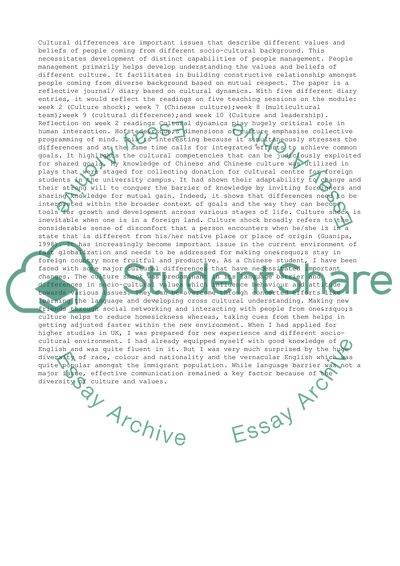Cite this document
(“International differences in work-related values Essay”, n.d.)
Retrieved from https://studentshare.org/management/1402799-an-individual-reflective-diary
Retrieved from https://studentshare.org/management/1402799-an-individual-reflective-diary
(International Differences in Work-Related Values Essay)
https://studentshare.org/management/1402799-an-individual-reflective-diary.
https://studentshare.org/management/1402799-an-individual-reflective-diary.
“International Differences in Work-Related Values Essay”, n.d. https://studentshare.org/management/1402799-an-individual-reflective-diary.


